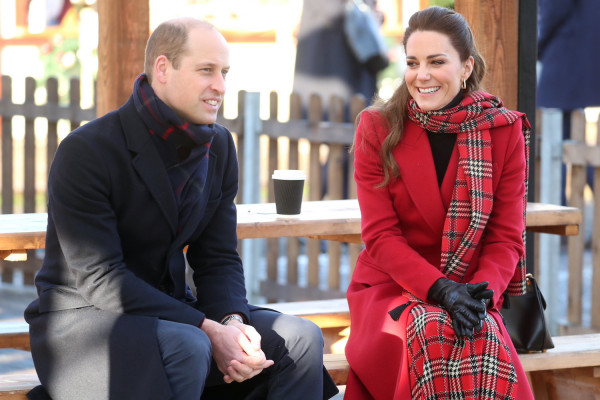'Kate Gate': The Viral Phenomenon Sweeping X in Wake of Royal Photo Controversy

In a saga that has captivated users on X and royal watchers around the globe, "Kate Gate" has emerged as a trending phenomenon, igniting discussions, theories, and a whirlwind of speculation. At the heart of this controversy is an edited photo of Kate Middleton, the Princess of Wales, with her three children, released on U.K. Mother's Day. What was intended as a heartwarming family portrait quickly morphed into a focal point of scrutiny, leading to an unprecedented uproar on the social media platform, X.
"Kate Gate" began its viral journey when eagle-eyed users and professional photographers spotted numerous discrepancies in the photo, suggesting digital manipulation. The anomalies ranged from distorted backgrounds and blurred appendages to unnatural poses, sparking a wave of #katespiracy posts. Users dissected every pixel, debating the ethics of photo editing and the implications for public figures' authenticity.
As the hashtag gained momentum, the controversy broadened, encompassing not just the photo's authenticity but also broader questions about privacy, public perception, and the pressures faced by members of the royal family. The edited image, which Kensington Palace had hoped would quell rumors about Middleton's health and absence from public duties, instead fueled a narrative of secrecy and deception.
Kate Middleton's subsequent apology, a rare move for a member of the British royal family, added fuel to the "Kate Gate" fire. Her admission of editing the photo, coupled with the lack of clarity about the surgery that led to her hiatus from public appearances, only intensified the public's fascination and the scrutiny on X.
Theories proliferated on X, ranging from the benign to the bizarre. Some users speculated about the nature of Middleton's surgery and recovery, while others ventured into conspiracy theories, suggesting that the photo was a composite or that Middleton's image was entirely computer-generated.
The "Kate Gate" phenomenon transcends the immediate controversy over a single edited photo, encapsulating the broader challenges faced by public figures in the digital age. It highlights the fine line between privacy and public interest, the quest for authenticity amidst the possibilities of digital alteration, and the intense scrutiny public figures face in their personal and professional lives.
As "Kate Gate" continues to trend on X, it serves as a case study in the power of social media to amplify public discourse, challenge official narratives, and foster a communal search for truth. The saga underscores the evolving relationship between the public, the media, and the monarchy in an era where digital content can be both a tool for connection and a source of controversy.
In the end, "Kate Gate" is not just about an edited photo or the health of a princess; it's about the intersection of technology, media, and public life, and the ongoing negotiation of boundaries in an increasingly connected world. As the conversation evolves, it remains to be seen how this episode will impact the royal family's communication strategies and the public's trust in what they see online.














